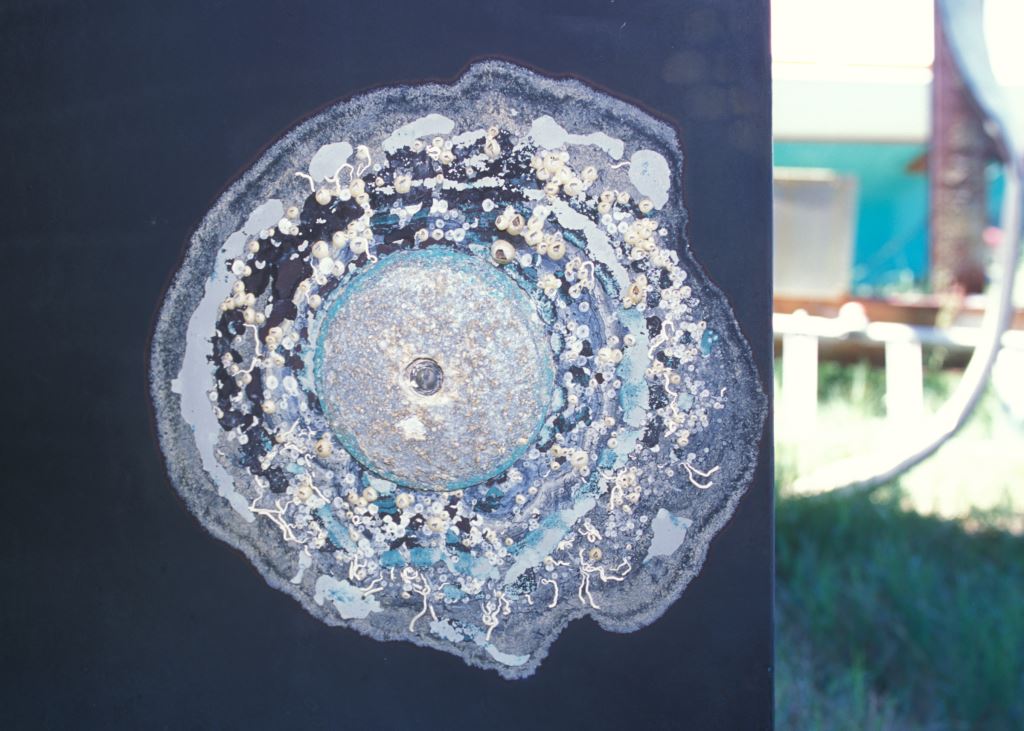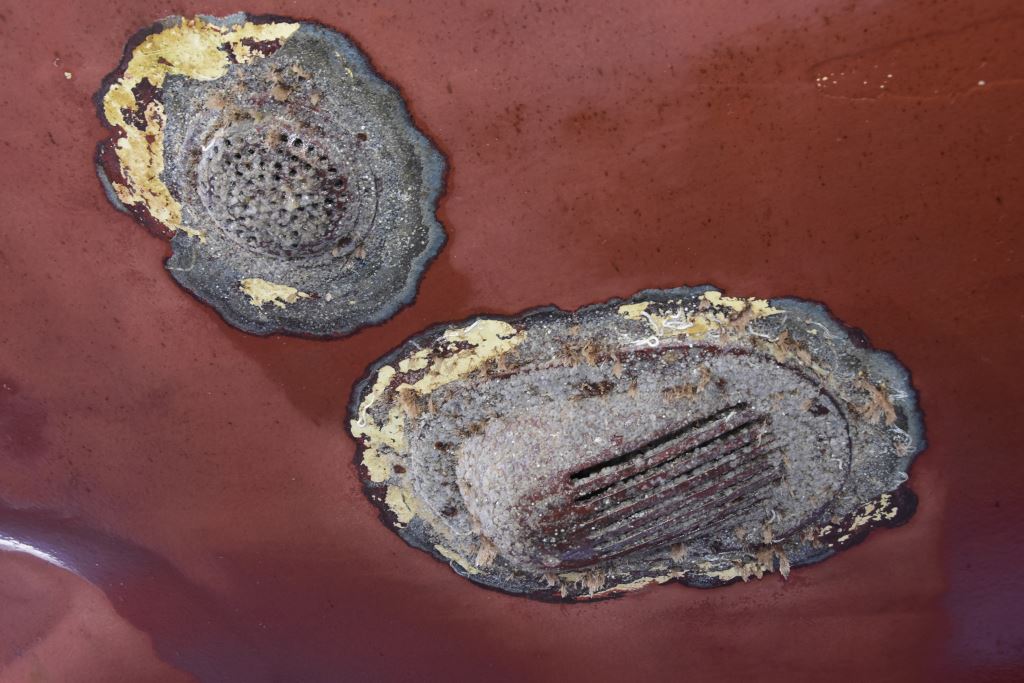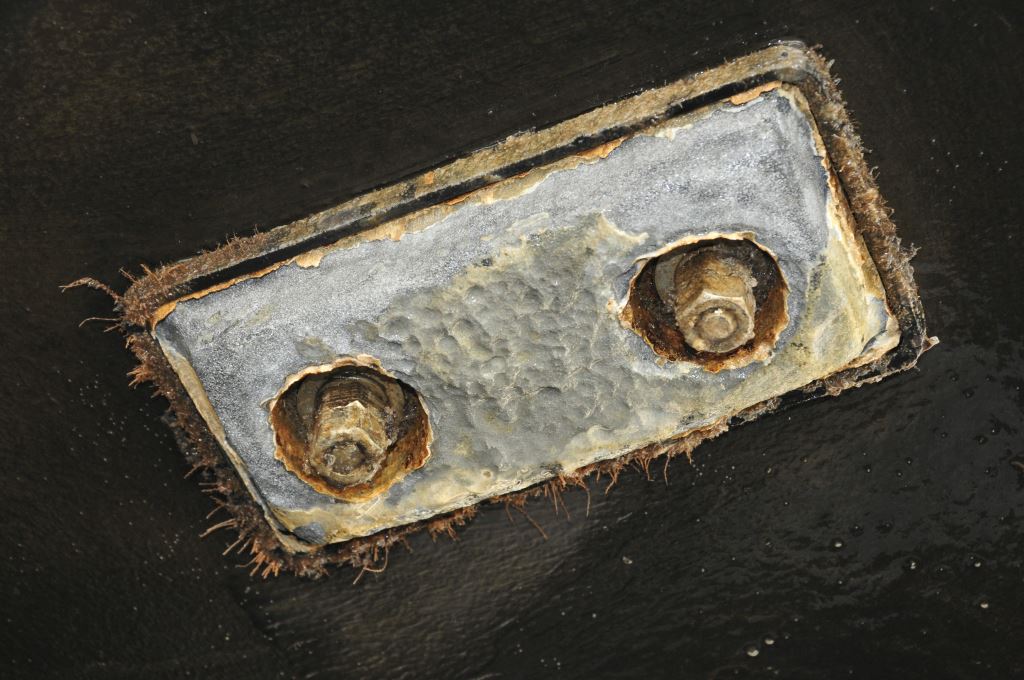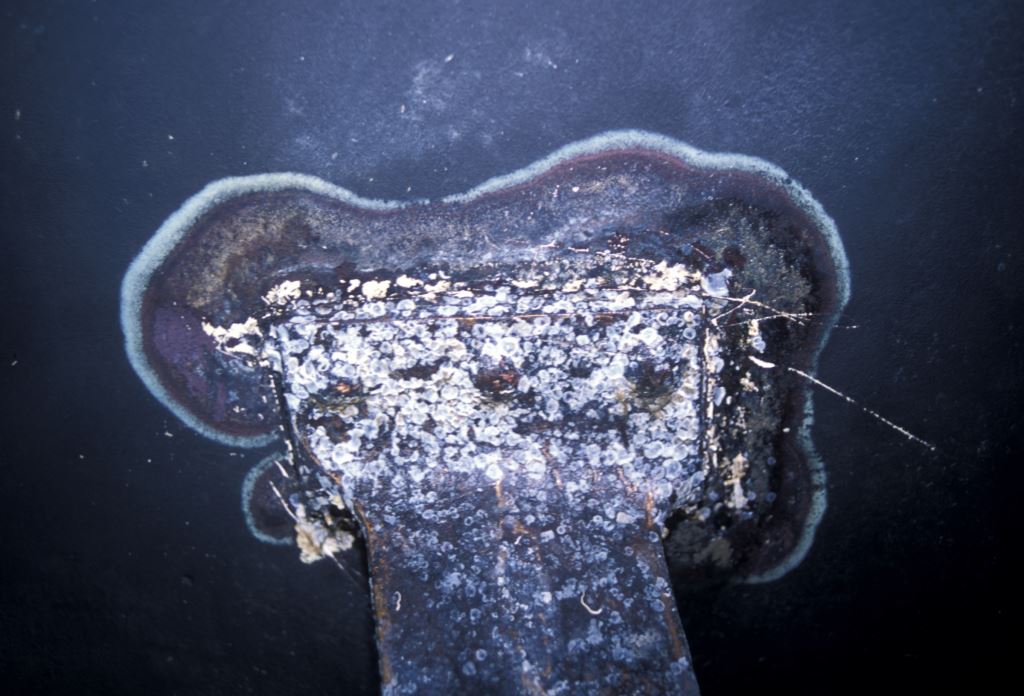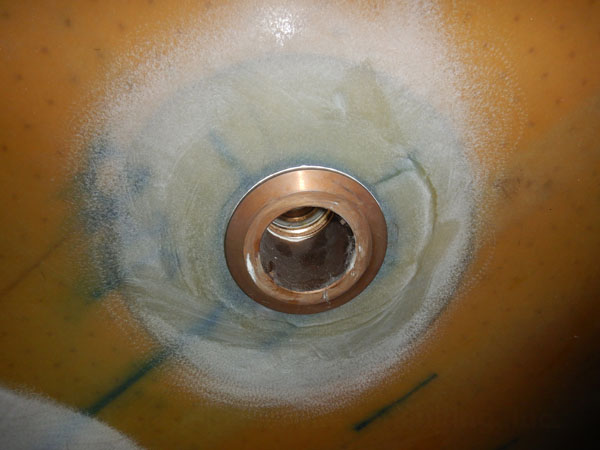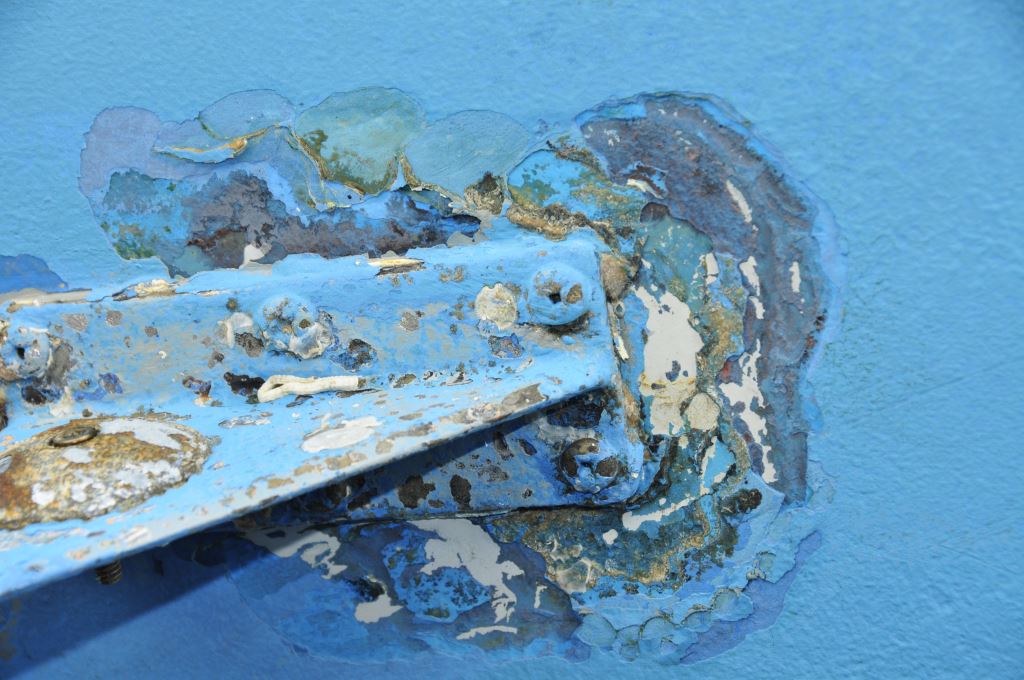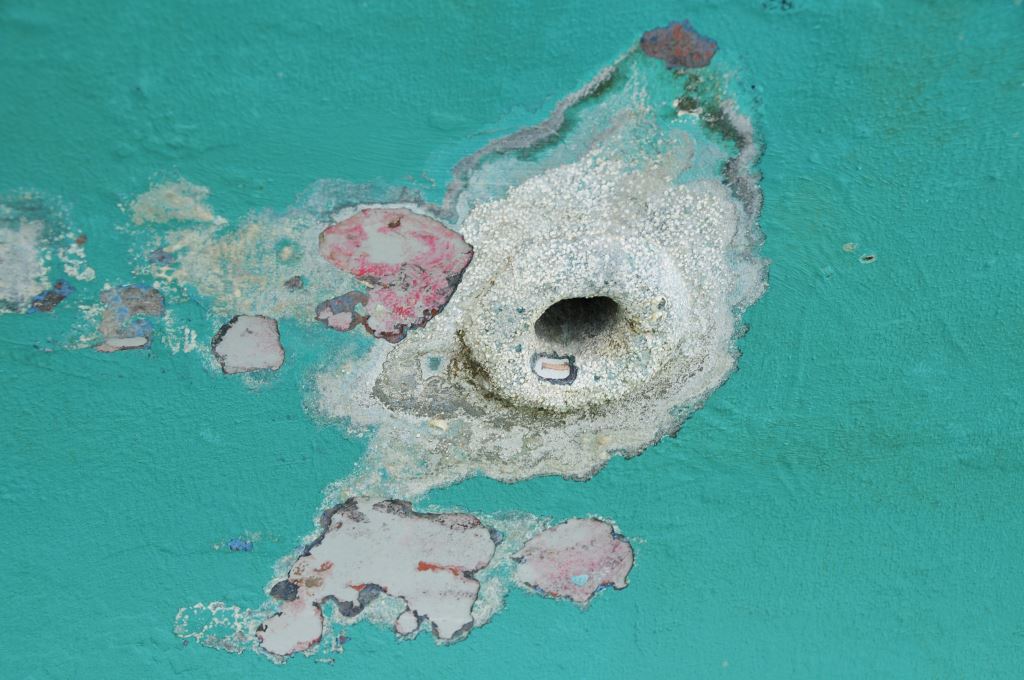From the Masthead
“You don’t need reporting smoke alarms, you have insurance”
A few years ago, while working with a client on a new build project, I recommended installation of a vessel monitoring system, one that included central station smoke detectors, which in turn could report an alarm condition remotely via text messaging. In addition to smoke alarm reports, such a system can also report an endless variety of additional alarm conditions, some critical, others just a matter of convenience, including high bilge water, low battery voltage, loss of shore power, vessel movement, and even a defrosting freezer. In my opinion, such systems are very cheap insurance. In smaller, and less complex versions, reporting systems like this are warranted on vessels as small as 20 feet.
While I knew it was at least partially in jest, the builder’s response, “You don’t need reporting smoke alarms, you have insurance” took me aback. He, like many builders, are on a claimed “keep it simple” crusade, so anything they perceive as adding unnecessary complexity, and/or expense, is often condemned as “overkill” or “unnecessary”. While there is some validity to the simplicity approach, the fact is, and for better or worse, there’s nothing simple about most modern cruising vessels, they are complex and that’s unavoidable. Irrespective of that hotly debated topic, remote reporting for smoke detection, high bilge water and other key metrics is incredibly valuable. On this build, we ultimately included reporting for smoke detection, high water, battery voltage, shore power, and a number of other systems in this vessel’s design. The owners are happily cruising her in SE Alaska as I write this column.
Few events are more devastating than onboard fires, and the vast majority of shipboard fires generate smoke long before they become all-consuming configurations. Smoke detection is, therefore, critically important, more so if the vessel is occupied, however, even if no one is aboard, a vessel that catches fire while berthed in a marina can lead to death or injury for those aboard nearby vessels; it’s happened on a number of occasions. Make sure your vessel is equipped with smoke alarms, if they are wirelessly interlinked to each other, include one where it will be heard by those on the dock and nearby vessels, and if you are contemplating installation of a vessel monitoring system, you should strongly consider including both smoke detection and remote text alerting capability.
Some vessel owners have successfully used Wi-Fi smoke alarms, which have the ability to send alarm messages to a user via an app, while the vessel is in a marina that offers Wi-Fi. While this is a potential viable alternative to a vessel monitoring system, they are not as reliable as systems that utilize cellular internet and/or text messaging, as many marina Wi-Fi systems can be unreliable. Therefore, in my opinion, if your marina Wi-Fi system is anything other than rock solid reliable, you can use a Wi-Fi smoke alarm if your vessel has cellular or StarLink internet, with a connection that has proven reliable over time. For more on smoke alarms see this article.
This month’s Marine Systems Excellence column covers the subject of bottom paint halos, I hope you find it both interesting and useful.
Bottom Paint Haloing
Halos in bottom paint around underwater hardware, it’s a phenomenon I encounter on an all too regular basis. And just as often I’m asked the question, ‘what causes this and is it something I should be worried about?’
Before delving into the details of haloing, it’s worth reviewing the approach taken where underwater metals and bonding systems are concerned. Most fiberglass vessels rely on metal alloys for through hull fittings, struts, rudder gudgeons, etc. In many cases, these metals are connected by wires, part of the vessel’s bonding system, to a sacrificial anode or anodes, which provides what is commonly referred to as ‘cathodic protection’. From a corrosion perspective, the anode, often called a “zinc”, although it can be zinc, aluminum or magnesium, depending upon the application, is less noble and thus more corrosion prone, than the other metals to which it is connected. Hereafter I’ll use the words zinc and anode interchangeably, but again anodes can be zinc, aluminum or magnesium, for more on this see this article. As a result, the anode corrodes, or sacrifices itself, in order to protect the other metals. As long as the anode, the sheep dog if you will, is maintained (it should be replaced when no more than 50% depleted) it should provide adequate protection for its flock of submerged metals. The corrosion, and protection process is galvanic/electric, when working properly interconnected dissimilar metals immersed in an electrolyte (seawater in this case) will reach a negative voltage, which can be measured using a reference cell (see this article on reference cell testing), which protects them from corrosion.
Sacrificial anodes protect underwater metals from galvanic corrosion. As important as they are, you can have too much of a good thing.
Too Much of a Good Thing
The volume, surface area and weight of anodes needed to protect underwater bonded metals is a function of several factors; the surface area of those metals, water salinity, temperature and movement. The goal is to use enough anodes to drive each metal to a minimum of 200 mV more negative than its resting voltage, (determined by consulting the Galvanic Table, further explained here), which affords it the necessary protection. For fiberglass vessels this is usually about -550 to -1100 mV. That approach, along with maintaining the bonding system to ensure no more than one ohm of resistance exists between protected metals and anodes, will keep galvanic corrosion at bay. Therefore, one might conclude that if some cathodic protection, i.e., zinc, is good, more is better. There is some truth to this, for the most part you can’t harm a fiberglass vessel by over-protecting it (you can, however, harm timber and aluminum vessels with over-protection, more below), and the metals commonly used aboard those vessels, bronze, stainless steel etc. However, there can be deleterious side-effects from over-protection.
In an over-protection scenario, cathodic disbondment can also occur at anodes.
When over-protected, an alkaline solution is produced around the cathodes, the protected metals (there can also be an interaction with the copper contained in many bottom paints). In the case of fiberglass vessels, this can lead to paint failure, called ‘cathodic disbondment’, the familiar haloing, on and around bonded underwater metals. The loss of antifouling paint then often leads to the formation of marine fouling. Other than this feature, it’s not harmful to bronze or stainless steel.
Copper content of anti-fouling paint can also exacerbate cathodic disbondment, the higher the copper content the greater the likelihood of disbondment.
It can be prevented by either reducing the number of anodes, or by epoxy coating (often a two-part barrier coat product) these metals to encapsulate them, and prevent the formation of alkaline. While over-protection, and haloing, is relatively benign on fiberglass vessels, it can be destructive to those made of either timber or aluminum. The soft pulp between timber’s grain, called lignin, is dissolved by alkaline, leading to a phenomenon known as delignification, which will compromise its strength.
Encapsulating through hull fittings in a two part epoxy barrier coat product (ideally when new, like the one shown here) will diminish if not eliminate halos and anti-foulant disbondment. Most bottoms benefit from epoxy barrier/primer coats in any event.
Aluminum is an amphoteric metal, which means it can be attacked be either an acid or an alkaline solution, and over-protection produces, as noted previously, the latter; it can lead to loss of hull material and eventually flooding.
Two textbook examples of cathodic disbondment, a phenomenon wherein paint around bonded, cathodically protected, metals lifts and flakes off, a result of production of alkali (alkali is the opposite of acid, however, it can still be destructive).
Ultimately, an effort should be made to provide the right amount, not too much and not too little, of cathodic protection for every vessel, and especially in the case of timber and aluminum hulls. The cathodic “load requirement”, i.e., how much zinc is needed for any given vessel, should be calculated by the vessel’s builder, using a formula detailed in ABYC’s chapter E-2 “Cathodic Protection”.

